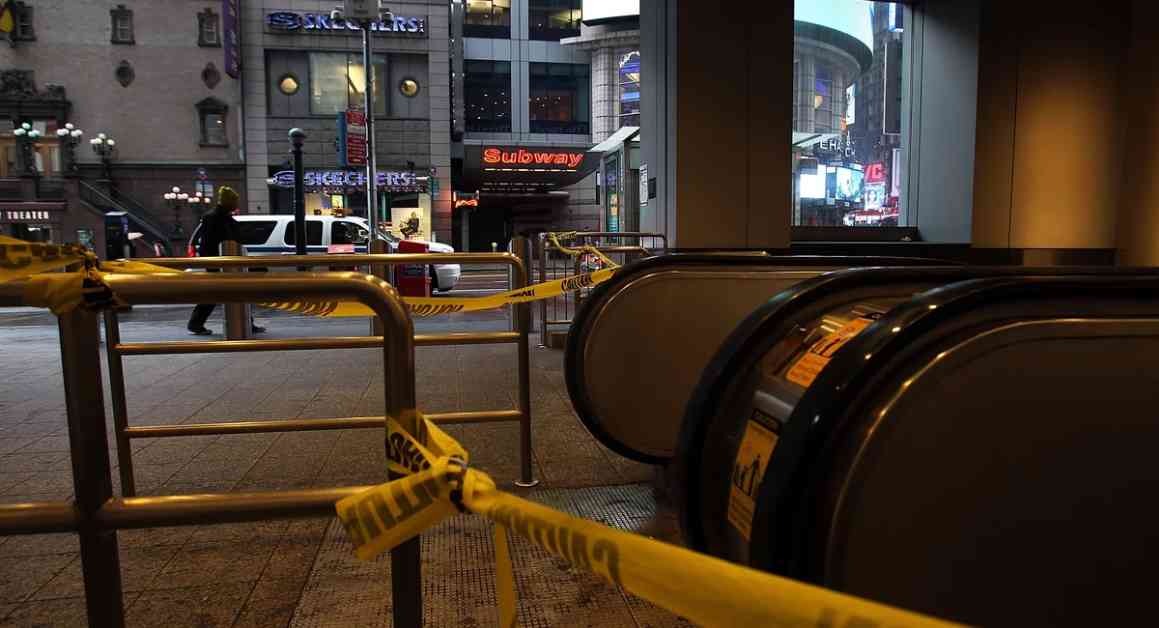Safety Blindspots in MTA’s Extreme Weather Preparedness Revealed by Audit
A recent audit conducted by New York State Comptroller Thomas P. DiNapoli has uncovered some alarming safety blindspots in the Metropolitan Transportation Authority’s (MTA) preparations for extreme weather. The audit, released on Thursday, highlighted deficiencies in the MTA’s response to extreme weather events, particularly in its Bridges & Tunnels and bus operations.
Lack of Inspections and Maintenance of Flood Protection Equipment
One of the key findings of the audit was that inspections and maintenance of flood protection equipment are not always conducted on schedule. This poses a significant risk, especially following events like Superstorm Sandy, which caused more than $5 billion in damages to MTA assets. The audit pointed out that crucial inspections and risk assessments have not been carried out as recommended, leaving the MTA vulnerable to future storms.
Inadequate Procedures for Responding to Extreme Weather Events
The audit also highlighted inadequate procedures for responding to extreme weather events, such as flash flooding and tornadoes. It found that bus depots did not always issue weather alerts during such events, including substantial flooding in 2021. Additionally, uninspected flood doors at select tunnels and inadequate inspections of snow removal trucks at bus depots were among the concerning issues identified by the audit.
MTA’s Response and Recommendations for Improvement
In response to the audit findings, MTA spokesperson David Steckel acknowledged the shortcomings identified and emphasized the improvements made by the authority since Superstorm Sandy. He mentioned the installation of flood mitigation measures at key locations, such as flood doors at the Hugh L. Carey and Queens Midtown tunnels, to better respond to weather challenges.
The audit has called for the MTA to update its risk assessments and improve maintenance practices to enhance its preparedness for extreme weather events. Despite the challenges highlighted in the audit, the MTA remains committed to enhancing its emergency preparedness and response capabilities to ensure the safety of its assets and systems in the face of future extreme-weather events.
Through the lens of this audit, it becomes evident that even institutions as massive as the MTA can have blind spots when it comes to preparing for extreme weather events. As we navigate the impacts of climate change, it is crucial for organizations like the MTA to continually reassess their strategies and practices to adapt to evolving weather patterns. The findings of this audit serve as a reminder of the importance of proactive measures in safeguarding infrastructure and ensuring the safety of commuters.












